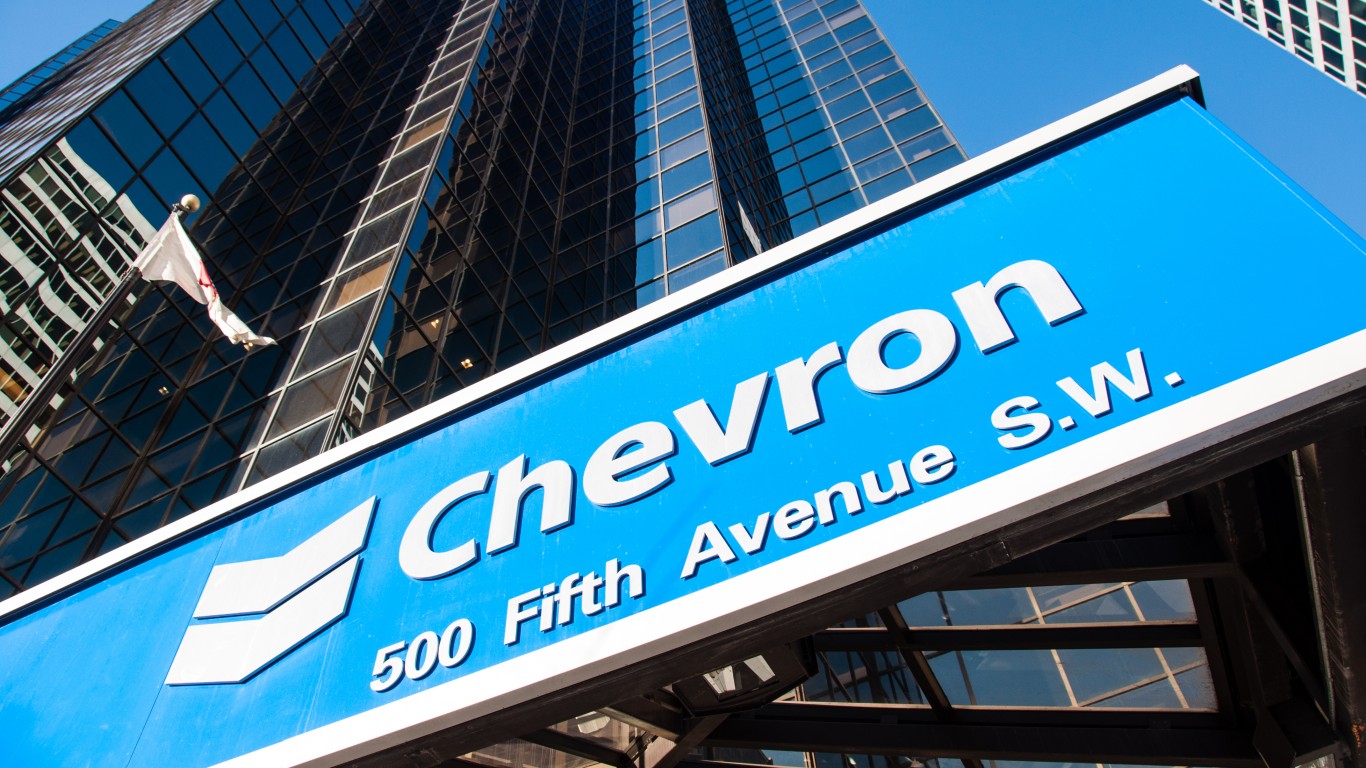Investing
Baby Boomers: 3 Stocks to Buy to Generate $150,000 a Year In Retirement

Published:

Retirement should focus on creating stable and consistent income to provide as stress-free of a retirement experience as possible. For millions of households, that’s easier said than done, with the majority of Americans living paycheck to paycheck. However, for those who are able to stash even small amounts of money away in a retirement savings account, those sums can multiply over time and really start to add up when it’s time to start pulling from these accounts.
For baby boomers or younger investors looking to put some capital to work in income-producing stocks with the potential for both capital appreciation upside and continued dividend growth as investments to generate $150,000 per year in retirement (that will presumably last a few decades), putting capital to work in three stocks such as those I’m going to outline below can be excellent options.
While time may not be all investors’ best friends, these are three stocks I’m looking to add in my retirement portfolio for their strong total return profiles and excellent (and growing) dividends which should allow investors to hold onto more of their capital within their retirement accounts and liquidate a smaller portion as they search for around $150,000 per year in income.
For a household looking to pull that kind of capital out of retirement accounts, it’s generally considered to be a good idea to pull between 4% and 8% of one’s portfolio each year to ensure retirees will have enough to live off of for the rest of their lives. These withdrawal rates can change, depending on how soon (or late) retirees choose to take their social security payments and continue working. But using those two numbers, that would imply ending portfolio balances of between $1.875 million and $3.75 million. These numbers exclude social security payments, meaning the overall amount one may need to have invested could be much lower, so keep that in mind.
Here’s why these three companies are ones I think are worth adding to a portfolio to allow it to grow to such amounts over time.

Chevron (NYSE:CVX) is among the largest oil & gas companies in the world, and is largely viewed as a way for investors to play broader exposure to the energy sector. The company has seen its share price surge following the election along with most energy stocks, as investors are clearly pricing in a “drill baby, drill” scenario into this sector.
No matter where you stand on the political spectrum, it’s clear that Chevron’s integrated business model in a sector that’s ever-important to the health of the North American economy should position the company well for future growth. In recent quarters, the company has certainly performed well, with Chevron recently surpassing Q3 earnings and revenue expectations, boosting shareholder returns despite profits dropping year-over-year due to lower margins, prices, and favorable tax benefits. Shares rose 4% following the report, and could have much further to climb if positive catalysts the market is pricing in right now materialize.
The company continues to ramp up production,with energy production rising 7% to 3.36 million barrels per day. This production growth has been driven by strong activity in the Permian basin, where Chevron remains a key player.
Over the long-term, Chevron has proven its worth as a company that not only provides consistent dividend growth (with a current yield of around 4%), but also significant share buybacks. Over the past year, the company has returned $7.7 billion to shareholders, with $2.9 billion in dividends and $4.7 billion in buybacks generating outsized returns over this time frame. I expect these catalysts to continue, though some risks to volatility with energy prices could change the ultimate amount of capital return over the coming years.

PepsiCo (NYSE:PEP) is a top Dividend King I think investors looking for dividend stocks certainly appreciate. Having paid dividends since 1965 (and raising them each year for 52 consecutive years), Pepsi’s status as a top holding in many retirement accounts can be traced back to its consistent capital return profile.
Like Chevron, Pepsi has also provided investors with significant share buybacks over time as well. But from a pure income perspective, I think the company’s 3.3% dividend yield is among the best in the market right now, and there’s a reason why this yield is particularly low despite the company’s consistent dividend distribution increases. Investors seeking steady income and capital appreciation continue to flock to this stock, and I don’t anticipate this trend will change anytime soon.
Pepsi’s brand ranks third behind Coca-Cola and Dr. Pepper in the overall beverage sector, but the company remains the second-largest global beverage maker and also has a strong and growing portfolio of snack brands which provide excellent revenue and earnings growth relative to its competitors. With a relatively attractive forward price-earnings multiple around 21-times, and a very stable and consistent cash flow profile, the company is well-positioned to deliver consistent returns to shareholders over very long periods of time. That’s my view, at least.

Procter & Gamble (NYSE:PG) is the parent company of a wide range of key brands consumers may be very familiar with. The household staples giant provides the market with key staples like Tide, Pampers, and Old Spice, making it a classic defensive stock. With 68 years of dividend increases and 134 years of payouts, P&G provides investors with an assurance of stability over rapid growth. Thus, while many in the market continue to reach for companies with some of the highest growth rates (and highest valuations), P&G is among the more defensive contrarian picks I think longer-term investors such as those nearing retirement may want to consider.
This past quarter, the company generated $21.7 billion in revenue, $4 billion in net income, and $3.9 billion in free cash flow. Those numbers are what fundamental value investors want to see, to say nothing of the company’s $2.4 billion dividend payout which is well-covered.
The company’s diverse brand portfolio offers resilience, though some categories face negative product mix as consumers remain cautious. For fiscal 2025, P&G forecasts 2%-4% sales growth and 10%-12% EPS growth, with analysts expecting the company to provide record earnings per share of $6.68. The company plans to return $16-$17 billion to investors, including a $10 billion dividend boosted by a 7% April increase.
With these kinds of capital returns being baked into most models on the stock, P&G is a top option I think long-term investors will want to consider at current levels.
Thank you for reading! Have some feedback for us?
Contact the 24/7 Wall St. editorial team.